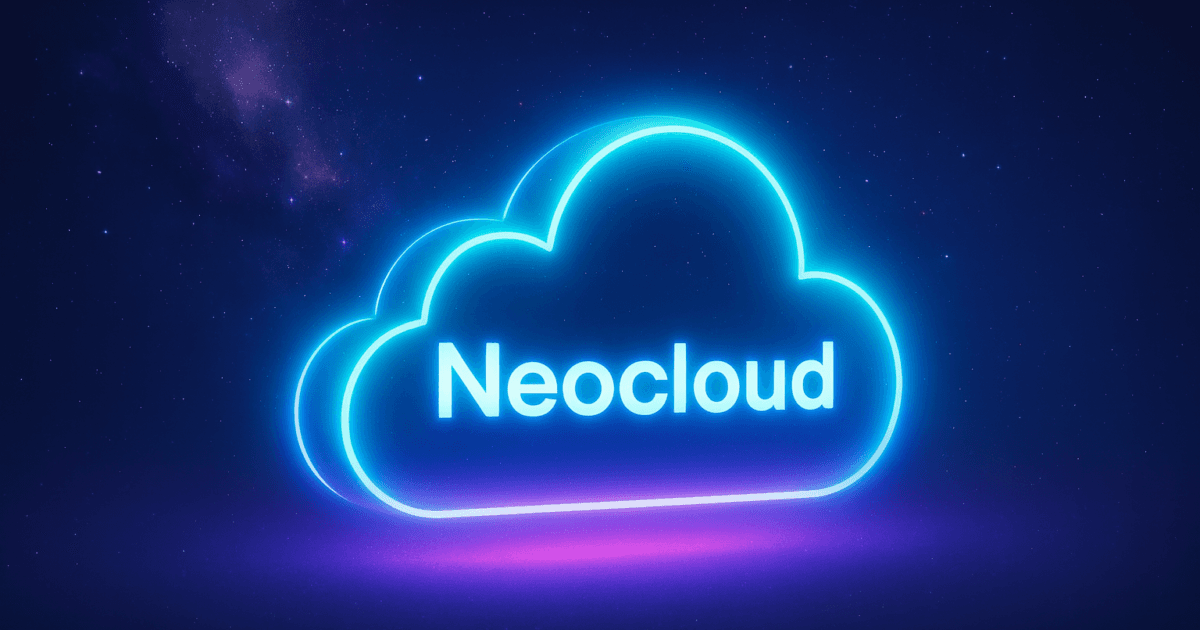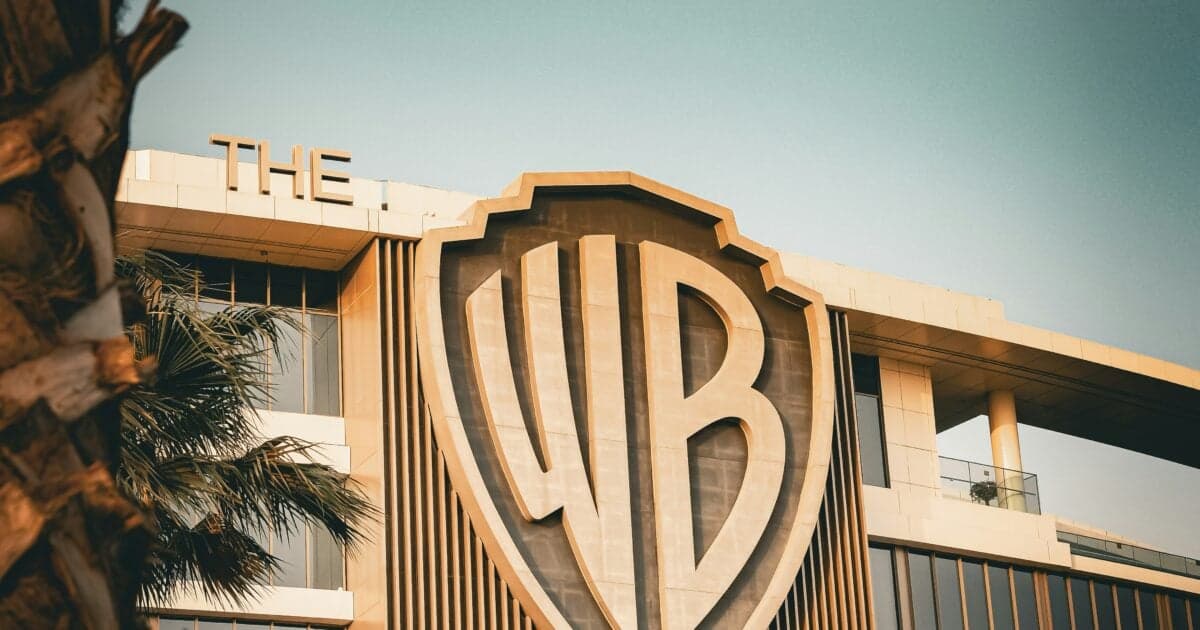Amazon Leo: How Amazon’s Satellite Broadband Network Fits Into the Next Tech Megatrend


Update (November 2025):
Amazon has officially rebranded Project Kuiper to Amazon Leo as the system moves from a research initiative to a commercial satellite-internet service. The company now has over 150 low-Earth-orbit satellites in space and has begun shipping production-grade terminals to select enterprise customers as part of its “enterprise preview” phase. Broader rollout — including residential service — is expected in 2026. Throughout this article, “Amazon Leo” refers to what was previously known as Project Kuiper.
About 2.6 billion people around the globe don't have Internet... and billions more wrestle with poor access – slow connections, minimal data, and higher costs.
That's a tremendous market just waiting for the right businesses to step up and deliver.
Amazon (AMZN) is responding.
Besides diligently working on its game-changing nuclear fusion energy venture – also known as Project Helios – the online retail giant is also quietly building its most ambitious infrastructure project since its Amazon Web Services ("AWS") cloud services.
It's called Project Leo... and it's going to bring billions of people online, where they can buy goods from Amazon or use AWS. This means Amazon is on the verge of making even more money, which means even greater profits for investors.
Today, I'll explain how Amazon will do this and how you can get positioned for this latest opportunity.
Let's dig in.
How Project Leo Could Change Lives
Project Leo is about sending thousands of satellites into low Earth orbit ("LEO") and then linking them to a global network of fiber, antennas, and Internet connection points on the ground.
This will fill coverage gaps in areas where traditional ground-based fiber and wireless connectivity are difficult to install.
Amazon launched its first two prototype satellites in October 2023. Full-scale deployment was scheduled to begin with the launch of 27 satellites in April. Another 126 satellites have gone up since then.
All told, Project Leo's initial satellite constellation (basically its group of satellites working together in sync) will include 3,232 satellites.
To meet its Federal Communications Commission ("FCC") license requirements, Amazon must launch half of its satellites by July 30, 2026.
To do this, Amazon has forged agreements with commercial launch providers such as Arianespace, Blue Origin (which Jeff Bezos, Amazon's executive chairman of the board, owns), Elon Musk's SpaceX, and United Launch Alliance ("ULA") to carry these satellites into space.
Amazon sees an opportunity here: a satellite broadband enterprise worth between $20 billion and more than $40 billion by 2030.
Let's break that down...
The AWS of Broadband
Amazon's mission to provide the world with reliable and affordable Internet service isn't philanthropic. It's sound business.
The company's e-commerce business is already the biggest in the world in terms of gross merchandise value... but you don't achieve Amazon heights by maintaining the status quo. Project Leo will add billions of potential new consumers to the company's books. That means more e-commerce sales, more Amazon Prime subscribers, and more Prime Video watchers. That's a sticky ecosystem.
Then there's AWS. It's currently the market share leader (30%) in cloud services. Microsoft's (MSFT) Azure comes in second with 20% and Alphabet's (GOOGL) Google Cloud platform third with 13%. Right now, those competitors are growing at a faster rate than AWS, which means Amazon needs to do something to maintain its position as the dominant cloud services provider.
Project Leo is that something. It would extend AWS' reach across the globe by providing more businesses and companies with the steady Internet they need to run AWS services.
Project Leo – originally an internal code name based on the region of icy bodies, asteroids, and dwarf planets beyond the orbit of Neptune called the Leo Belt – also opens the doors to a world of infrastructure and logistics possibilities for Amazon.
For starters, the satellite network will offer reliable communication for advanced delivery methods in remote areas. Think drones or driverless cars.
Plus, Amazon would need new ground facilities for manufacturing, assembly, and logistics that will support the Project Leo satellite network. These facilities will link to AWS's cloud infrastructure and ensure better data flow and supply chain decisions to support Amazon's many business segments.
Project Leo is a brilliant strategy for Amazon. Not only is it a growth driver – through a larger Amazon retail customer base, expanded AWS services, and the revenue the satellite broadband service itself brings in – but it's also a form of defense for the company.
Assuming Amazon's satellite Internet reaches a 30% global market share, Bank of America (BAC) estimates that Project Leo could generate $7.1 billion in revenue by 2032.
The Challenges for Amazon
Of course, Project Leo isn't without risk. For one... its competition has a big head start. Amazon has almost no experience compared with Starlink, the competing satellite Internet service that Elon Musk's SpaceX runs.
Because SpaceX is already in the business of space, it costs the company far less to launch satellites with its own, reusable Falcon 9 rocket.
For example, for SpaceX Falcon 9 to launch 20 to 25 of its own Starlink satellites, it costs the company about $20 million. That's between $300,000 and $1 million per satellite, depending on the launch.
Amazon, meanwhile, relies on commercial launchers – including SpaceX. As such, the cost difference is significant.
On average, Amazon pays around $150 million per launch of 25 to 27 satellites. That breaks down to roughly $5.5 million to $6 million per satellite... a huge price tag compared with Starlink's launches with SpaceX.
If you're wondering why Amazon pays these rates when its founder and chairman owns Blue Origin rockets, it's because they're separate entities. Yes, Bezos remains a primary Amazon shareholder and serves as its executive chairman. And yes, Bezos founded and owns Blue Origin. But aside from the standard commercial contract between the two companies, there is no connection. Blue Origin is simply one of Leo's launch providers.
Musk, on the other hand, is the majority shareholder of SpaceX, which owns Starlink as an internal division. Thus, he indirectly owns both SpaceX and Starlink, the launch provider and the satellite operator.
In all, Amazon expects to pay about $7.4 billion for satellite launch and related services through 2028 to Blue Origin and an unnamed third party.
This cost falls within Amazon's capital expenditure ("capex")... but it's not the only expense. Once the satellite constellation is in place, Raymond James analyst Josh Beck projects that Leo may still cost Amazon a staggering $1 billion to $2 billion in operating costs alone. That could impact the company's overall profitability.
What Amazon's Project Leo Means for Investors
Despite these challenges, Amazon has a long track record of success – it runs the world's largest online retail platform, it's the market share leader in cloud services, and its streaming service boasts the largest number of subscribers in the U.S.
While we don't yet know how Amazon will fare in the satellite Internet market, it wouldn't be a surprise if Leo winds up being a major revenue driver before the end of the decade. That said, investors should keep in mind that Amazon is a massive entity. Even if Leo proves successful, it may take time for it to move the needle for its $2 trillion-plus company.
Whether Starlink remains the dominant satellite Internet player or Project Leo creates serious competition, the focus on private space flight is going to mean more business for the primary suppliers of the components that go into the satellites – companies like L3Harris Technologies and Beyond Gravity.
L3Harris Technologies (LHX) provides transmitters, range safety receivers, flight computers, and data acquisition systems for satellites. In short, these parts work together to enable communication, control, and data gathering in space.
Beyond Gravity supplies dispensers, payload fairings, structures, panels, and electronic systems. These components work in tandem to protect the payload, deploy the satellite into orbit, provide power, and handle all operational commands.
Beyond Gravity is currently state owned, but let's look at L3Harris Technologies, which earns an outstanding A+ Stansberry Score:
Rumors have been swirling for a couple of years about the possible sale of ULA – one of Leo's launch providers – by its co-owners, Lockheed Martin (LMT) and Boeing (BA), to Blue Origin. However, no deal has been finalized.
Lockheed Martin, a huge aerospace firm, could benefit from satellite Internet growth if it holds onto ULA for a while. LMT earns a very solid B in our Stansberry Score.
If Boeing keeps its share of ULA, it may also be worth monitoring. However, BA stock currently offers far less appeal with its D grade (though it does have Momentum Bonus).
Regardless of where you prefer to invest, be patient. Project Leo is a long-term venture.
The Bottom Line: Why Amazon's Project Leo Is a Long-Term Play for Investors
This competition between Amazon and SpaceX in the satellite Internet arena is fascinating... and no one really knows whether Leo, Starlink, or even an as-yet-to-be-determined competitor emerges as the winner of this space race.
What we do know is that these companies are going to pour millions into their satellite broadband ventures.
Aside from Amazon and SpaceX, other businesses could reap major benefits as a result. Whether you want to invest directly in the tech giants or the other firms that will play a significant role in satellite broadband – the launch providers, satellite manufacturers, and parts makers – now is the time to keep an eye on these businesses and the industry in general.
Regards,
David Engle
Editor's note: Speaking of Amazon, Wall Street legend and Stansberry Research editor Whitney Tilson is focused on a secretive nuclear fusion project that he calls "Amazon Helios"... funded by tech moguls from Jeff Bezos to OpenAI CEO Sam Altman to Microsoft founder Bill Gates. And for investors, he has found a little-known company that may have the best chance of turning fusion into a reality.
Unfortunately, this company is off-limits to most individual investors. Only accredited investors can take a stake in it.
But Whitney has found a "backdoor" into this company – one that can be accessed by any investor with $30 in his or her brokerage account.
Learn how to get in on the action here.






